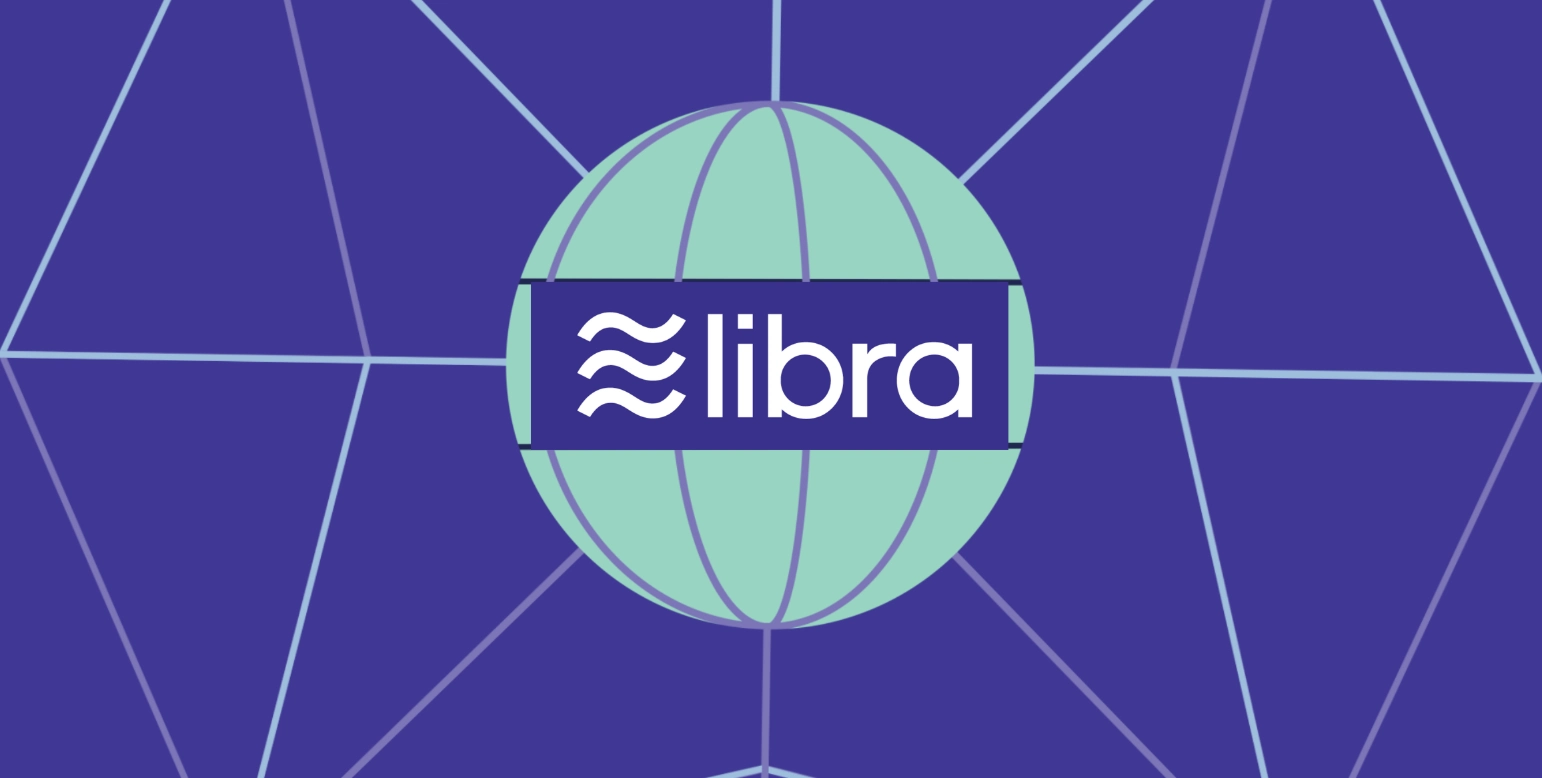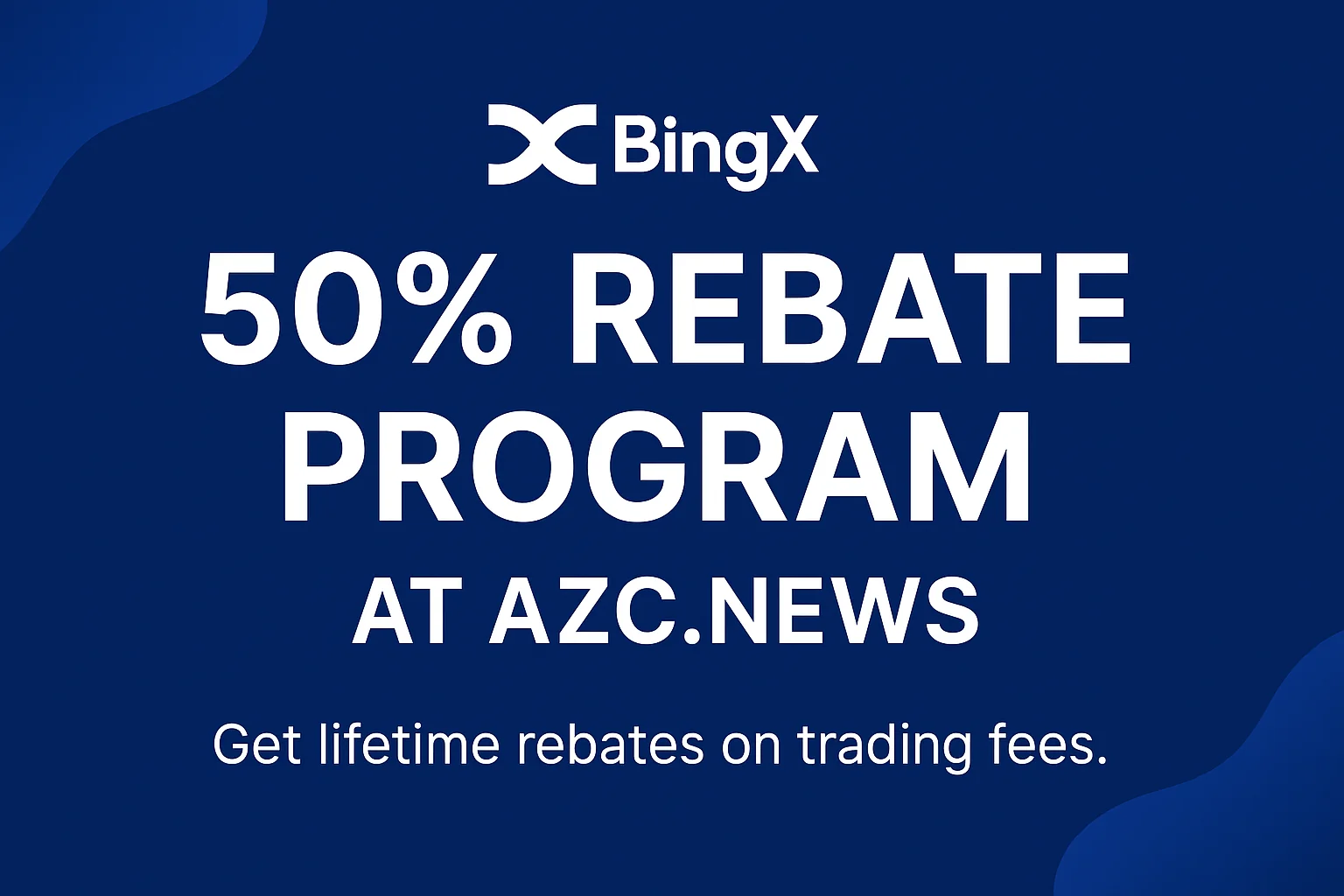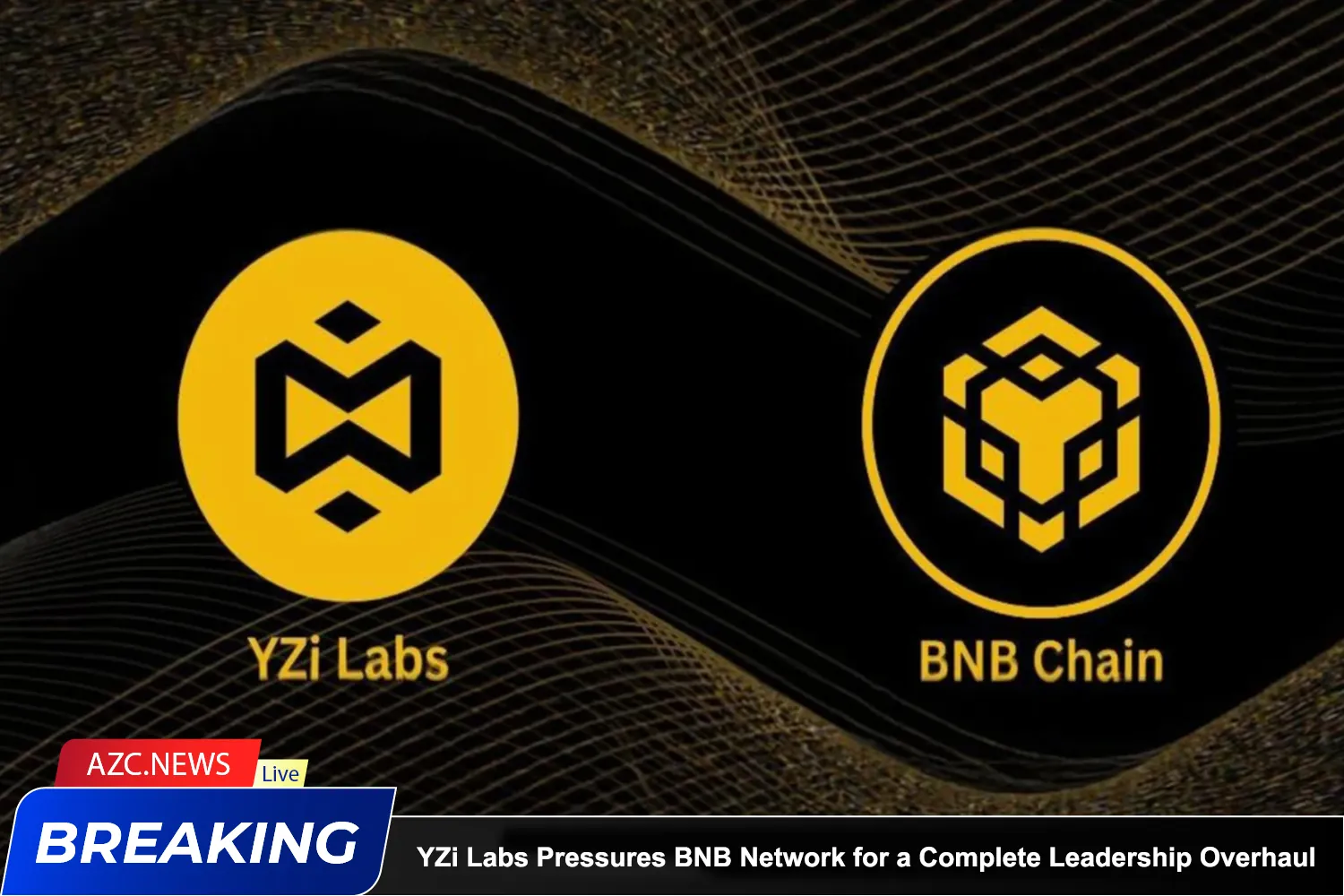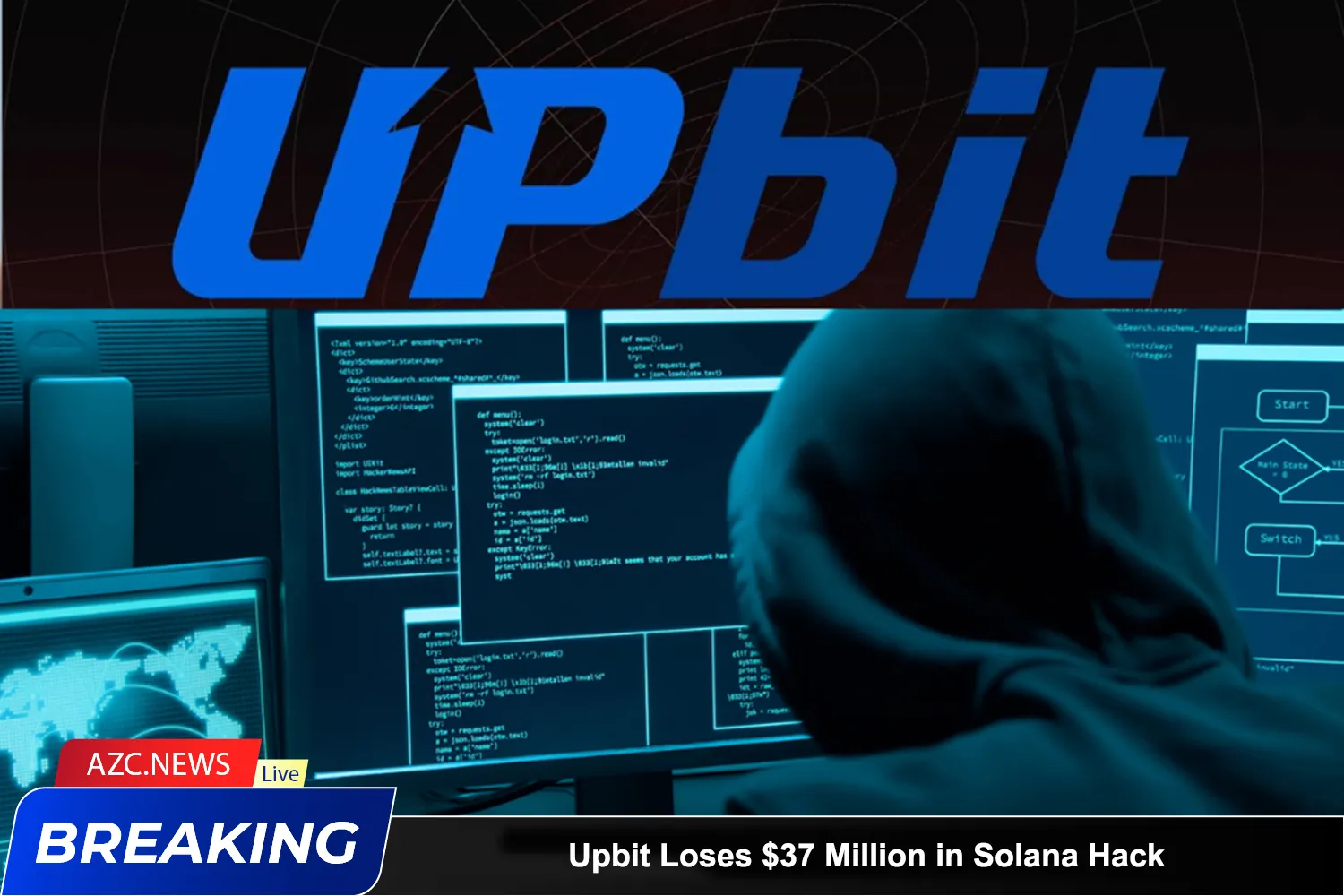Meta Reunites with Crypto After a Three-Year Hiatus
After years of silence following the failure of its Libra/Diem project, Meta—the parent company of Facebook—is making a bold return to the crypto space with plans to integrate stablecoin payments across its platforms. The goal is to reduce transaction costs compared to traditional fiat-based systems, especially in paying content creators globally.
According to Fortune, Meta has already begun talks with multiple blockchain infrastructure firms and is considering integrating popular stablecoins such as USDT, USDC, and potentially others in a diversified model. To lead this effort, Meta has hired Ginger Baker, a former executive at Ripple, as its Vice President of Product. The company is also exploring technological solutions to optimize cross-border payment fees. Notably, Ripple recently launched its own stablecoin RLUSD and is rumored to be exploring an acquisition of Circle, the issuer of USDC—the second-largest stablecoin globally.
The Tech Legacy Meta Left Behind
Meta was once a pioneer in the stablecoin space with the launch of Libra in 2019, aiming to create a global digital currency backed by a basket of fiat currencies. However, regulatory backlash forced the project to rebrand as Diem in late 2020, before it was officially shut down in early 2022. Diem’s intellectual property was later sold to Silvergate Bank, which has since gone bankrupt.
Despite this failure, Libra/Diem’s technological legacy lives on through next-gen blockchains like Aptos, Movement, and Sei, which utilize the MOVE programming language developed by the original Diem team—though these projects are now independent of Meta. These ongoing efforts highlight Meta’s long-term vision for shaping the future of digital finance.
Related: Nearly 99% of tokens on Pump.fun are Rug Pull or Pump-Dump
A Renewed Bid for Dominance
Even after Diem’s collapse, Meta has quietly maintained its ambitions in the crypto realm. In 2022 and 2023, the company filed numerous trademarks related to cryptocurrency trading, blockchain hardware, and digital asset exchanges. These moves have drawn scrutiny from U.S. lawmakers, such as Congresswoman Maxine Waters, who raised concerns about Meta’s financial ambitions and potential abuse of its platform power.
Meta’s return to the crypto sector marks not just a new chapter, but also underscores its determination to leverage blockchain to reshape global payments and commerce. With strategic hires and a well-equipped team, Meta is positioning itself to reclaim a pioneering role in the digital asset landscape.







